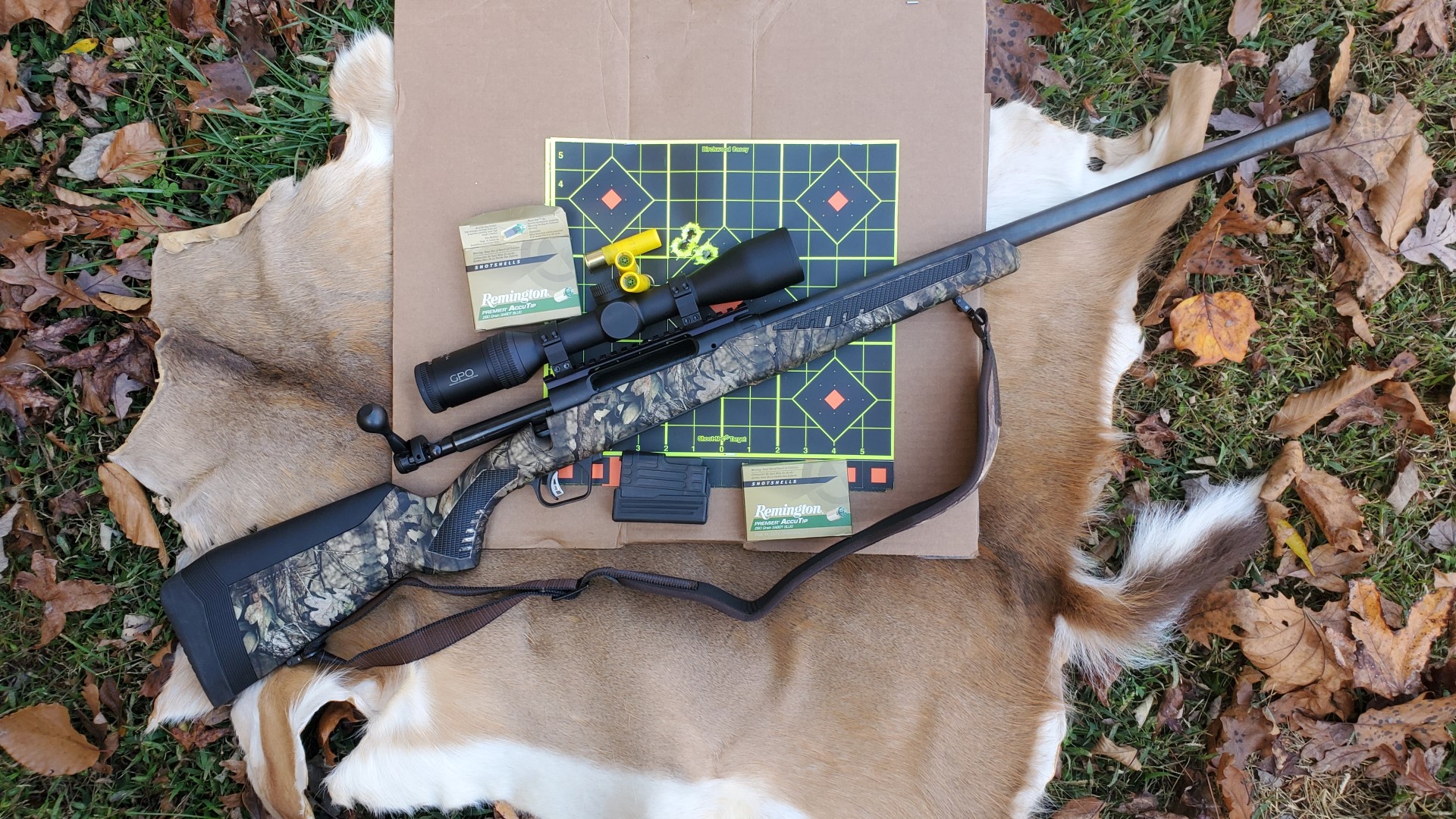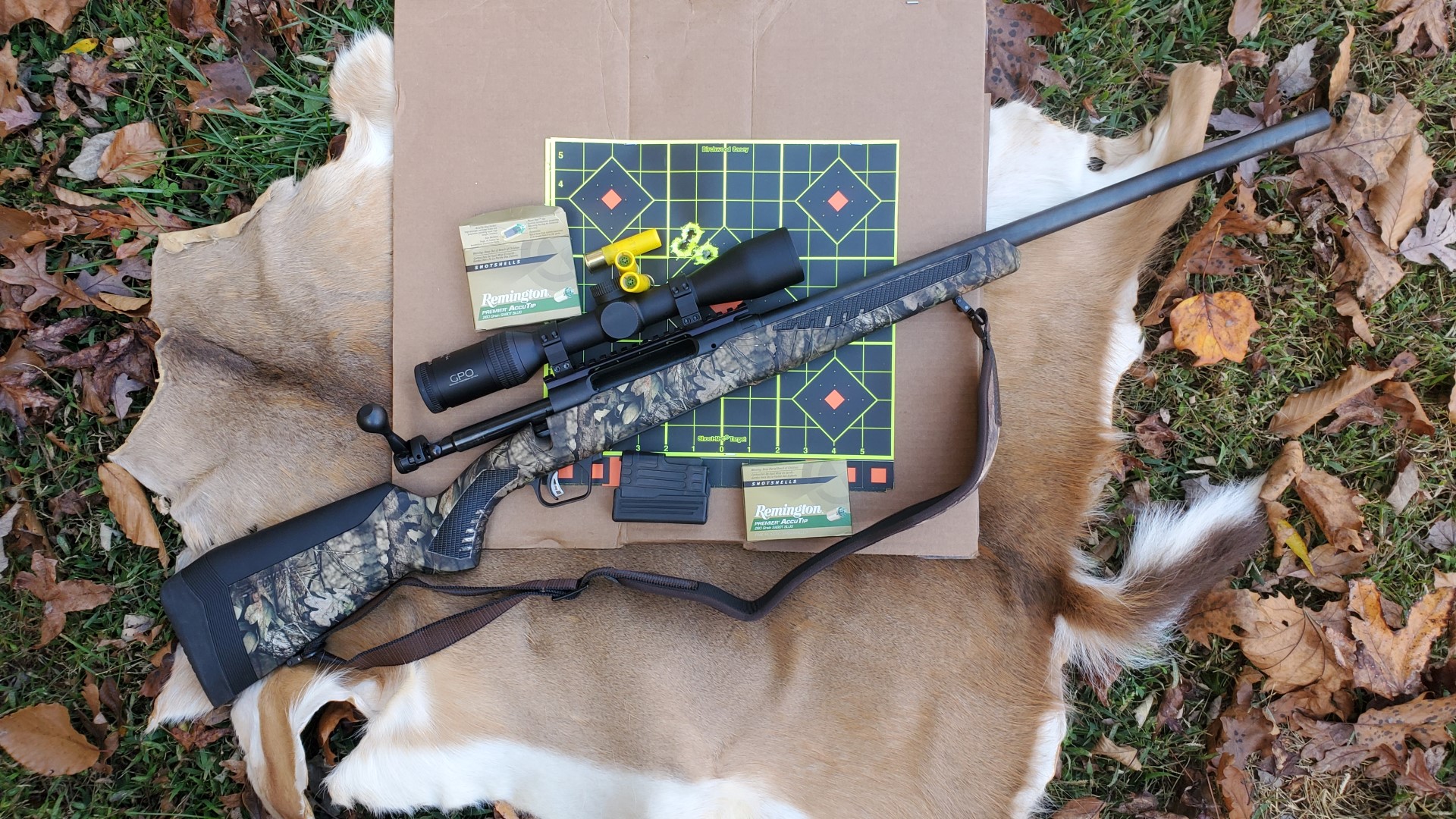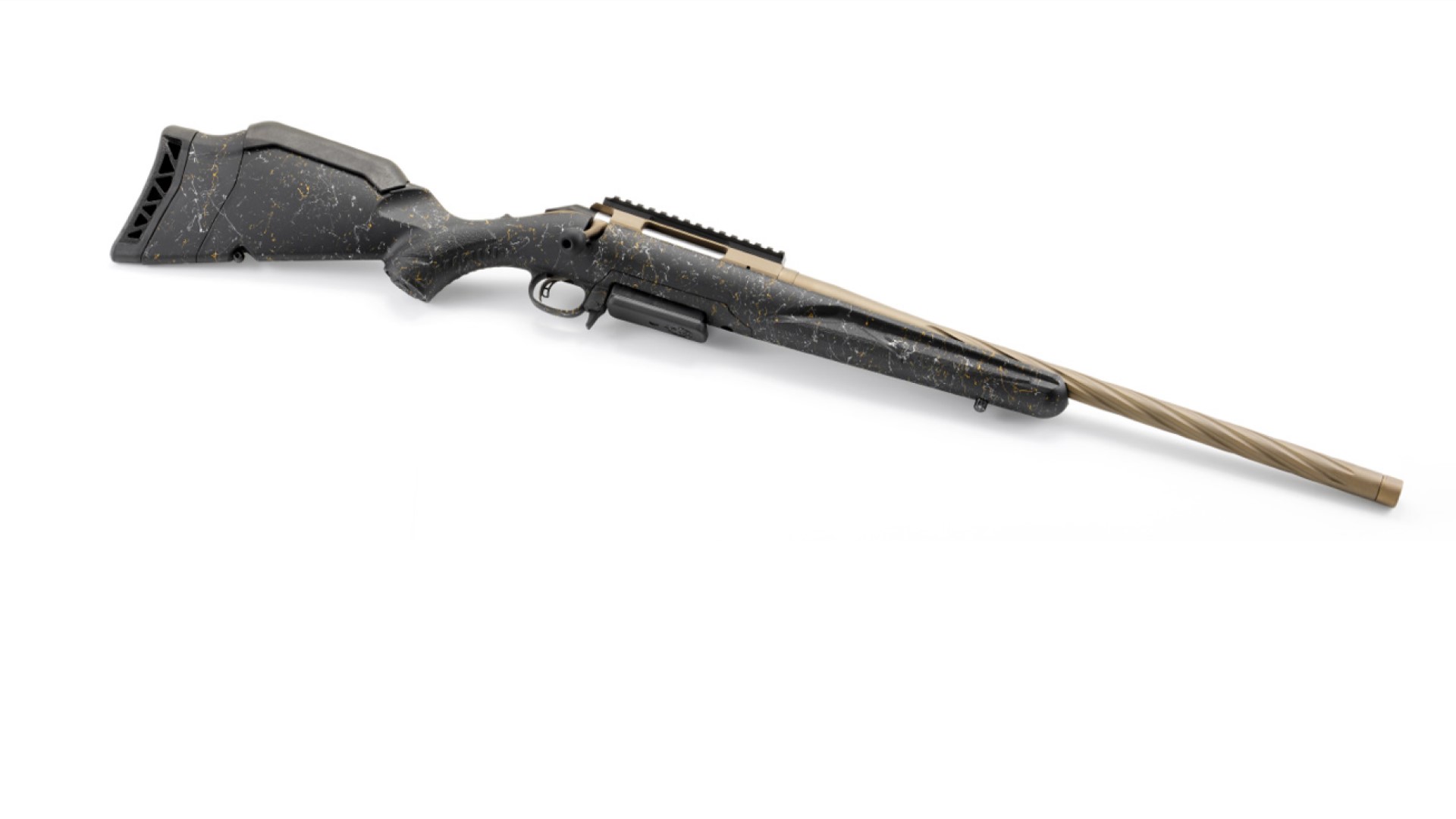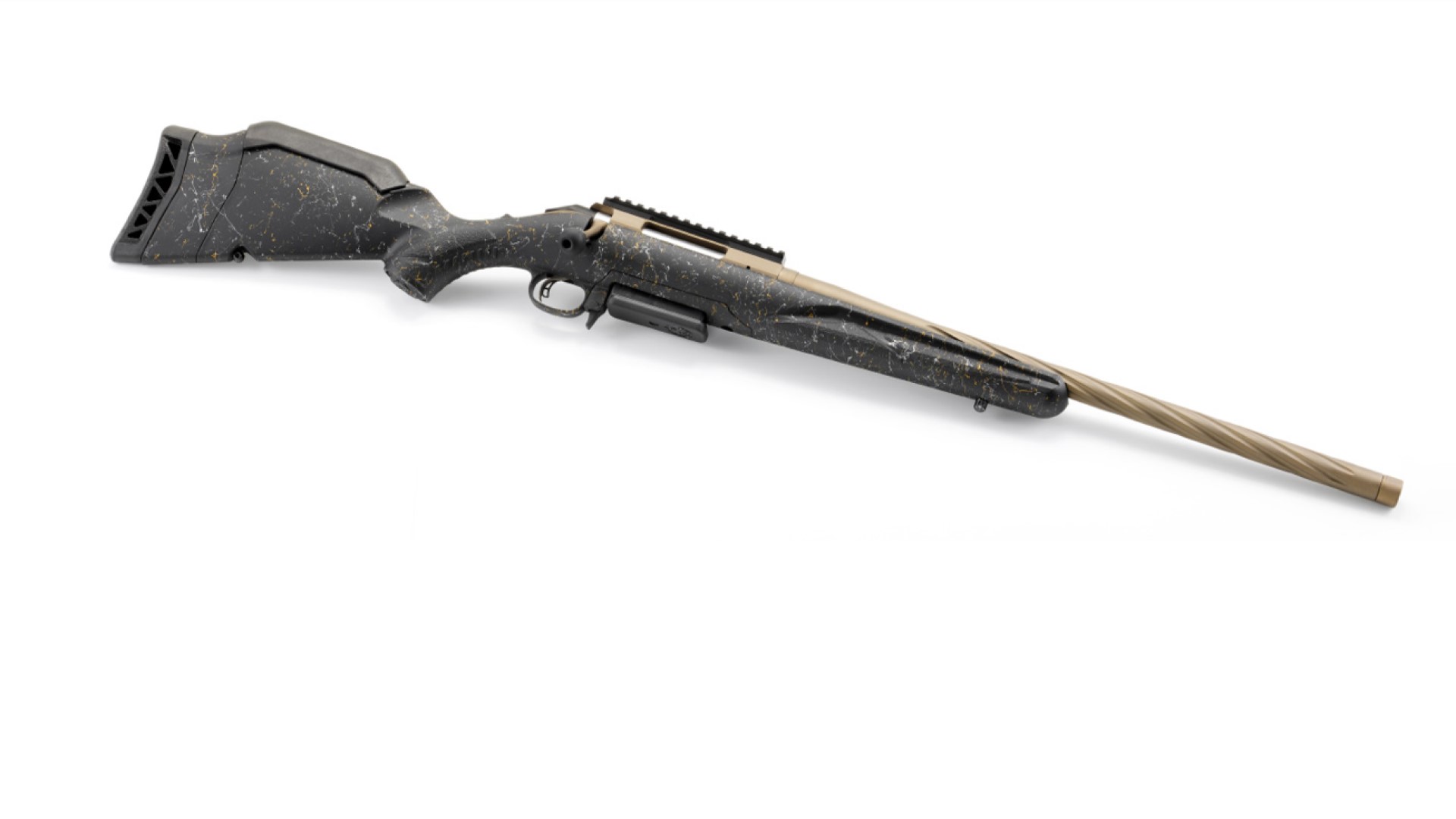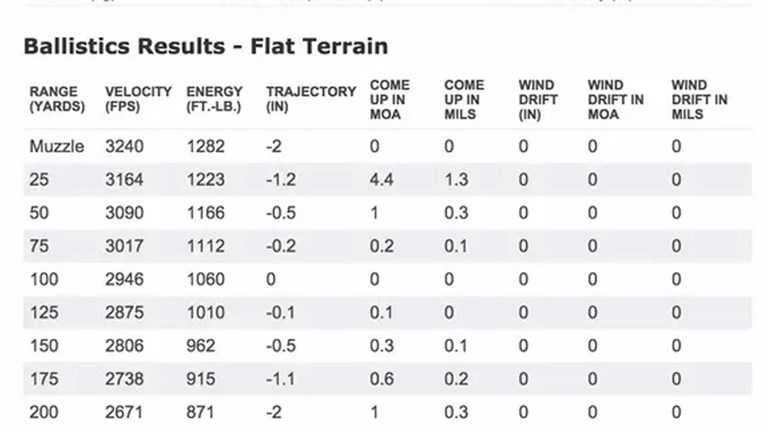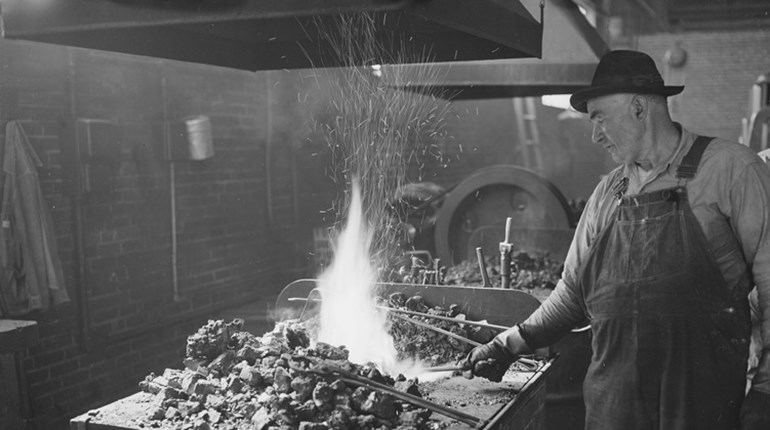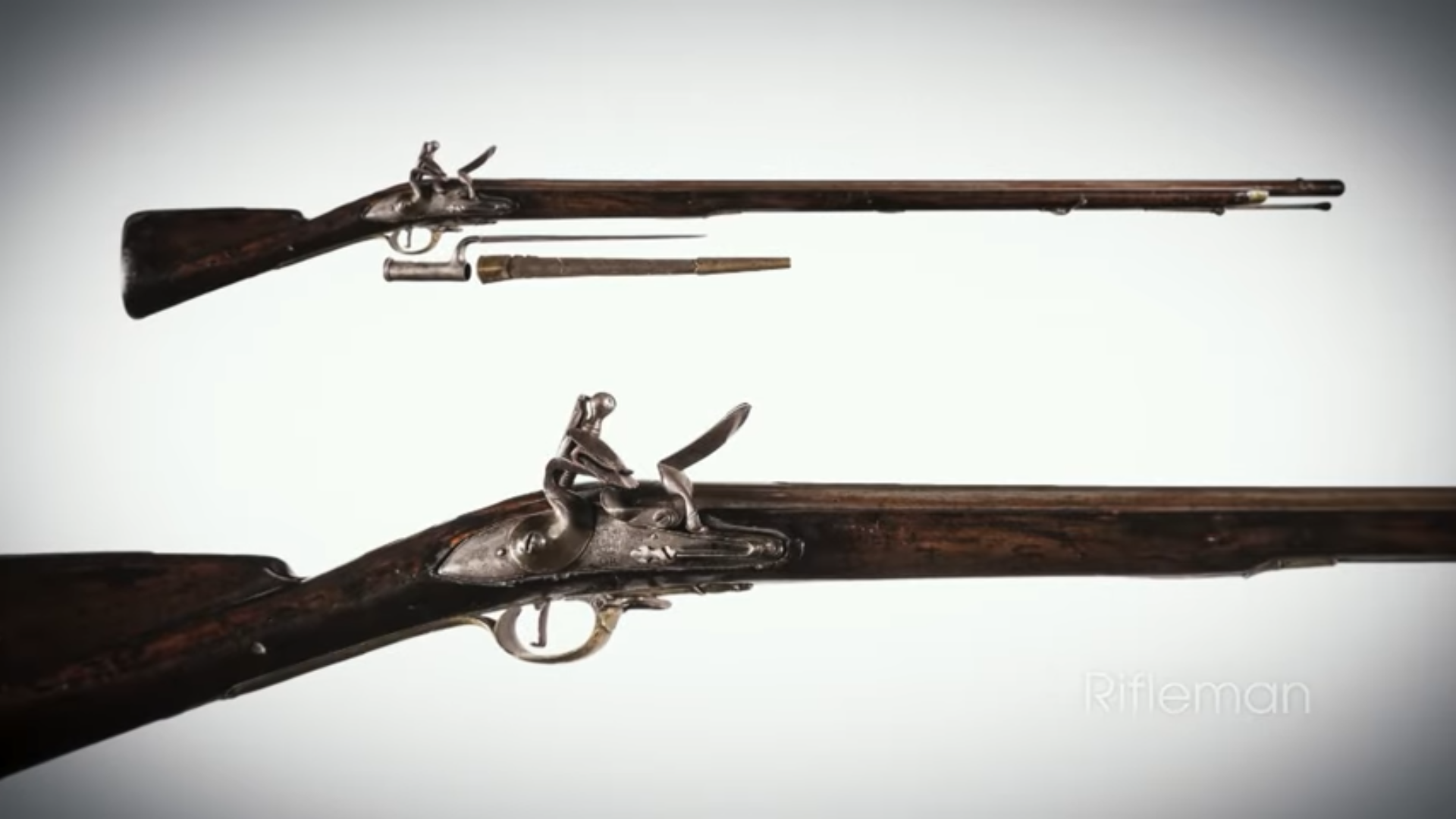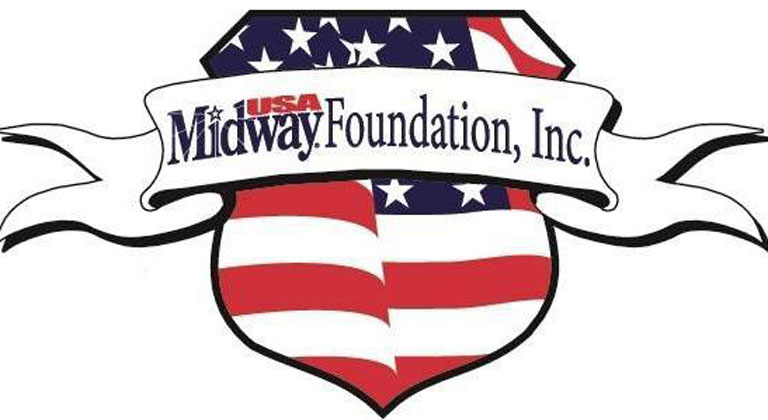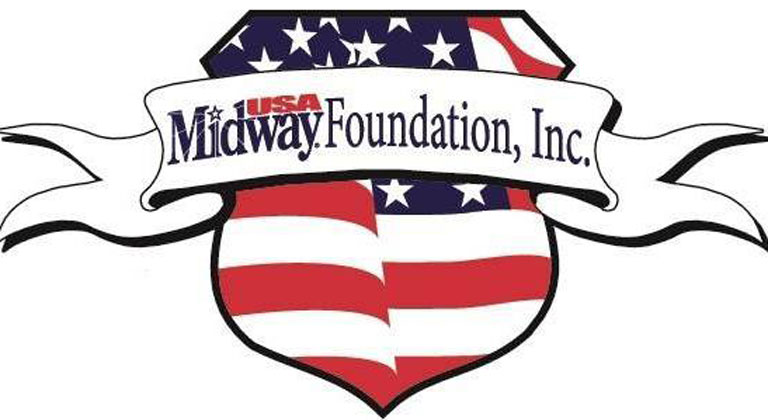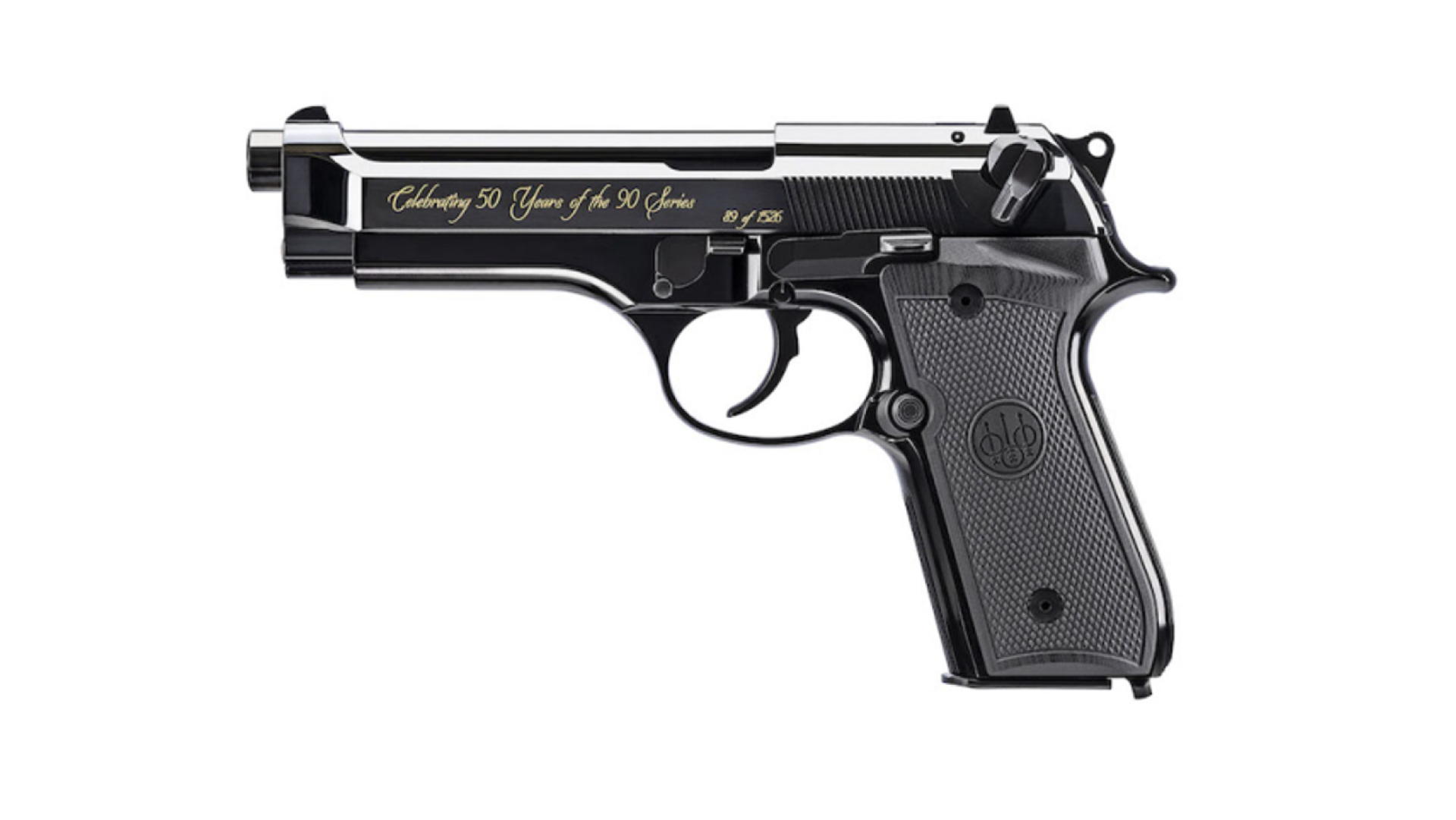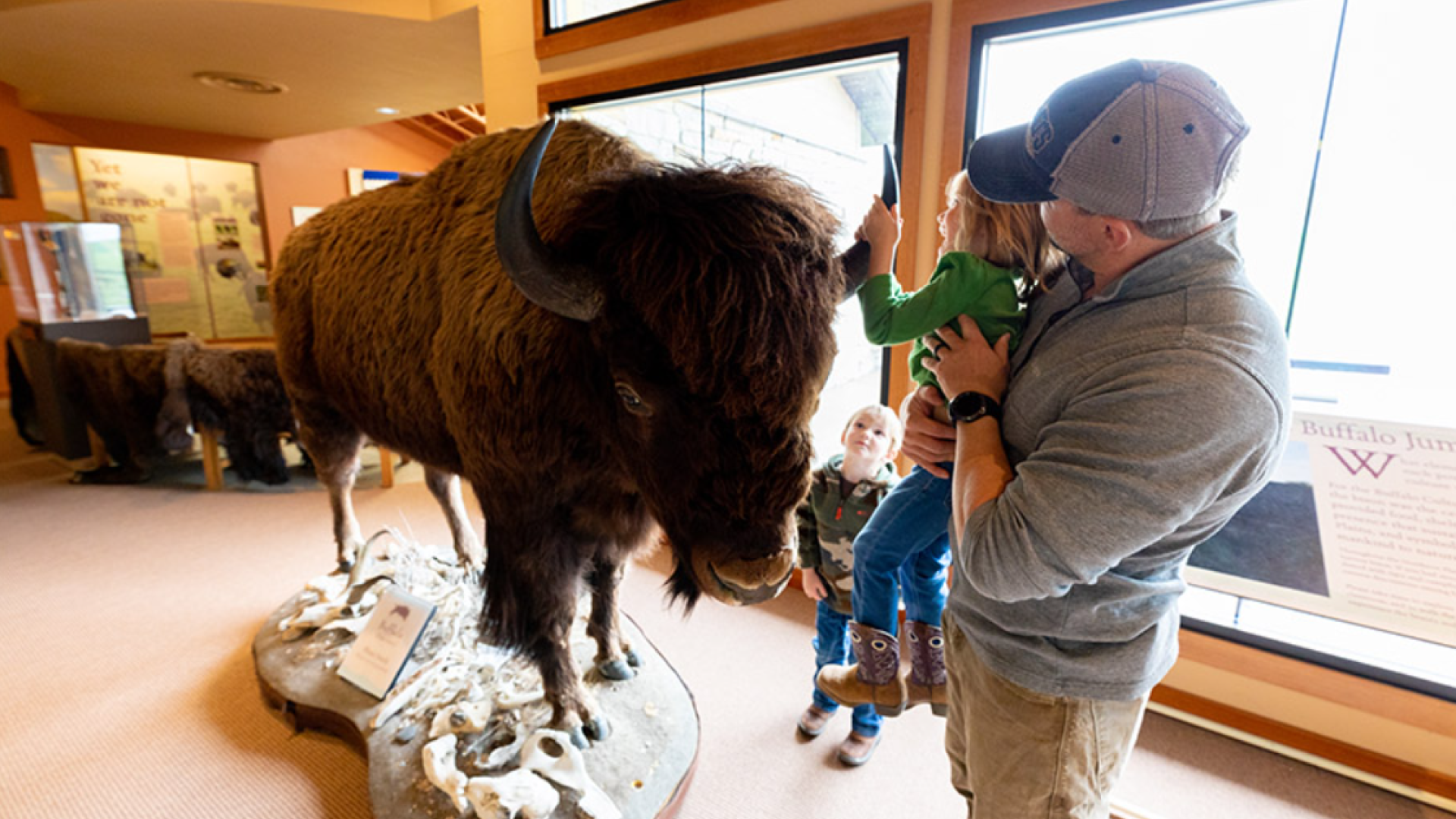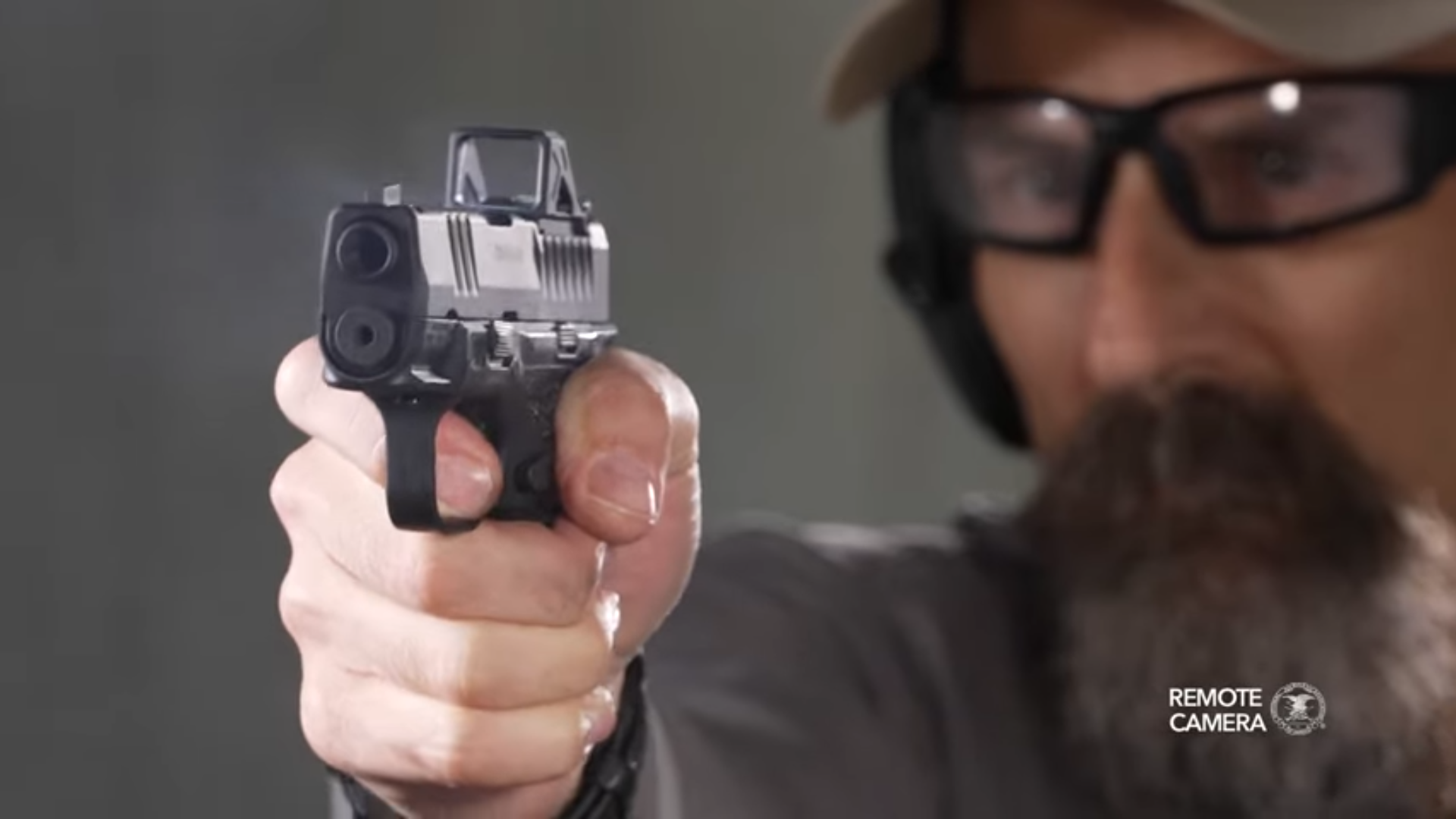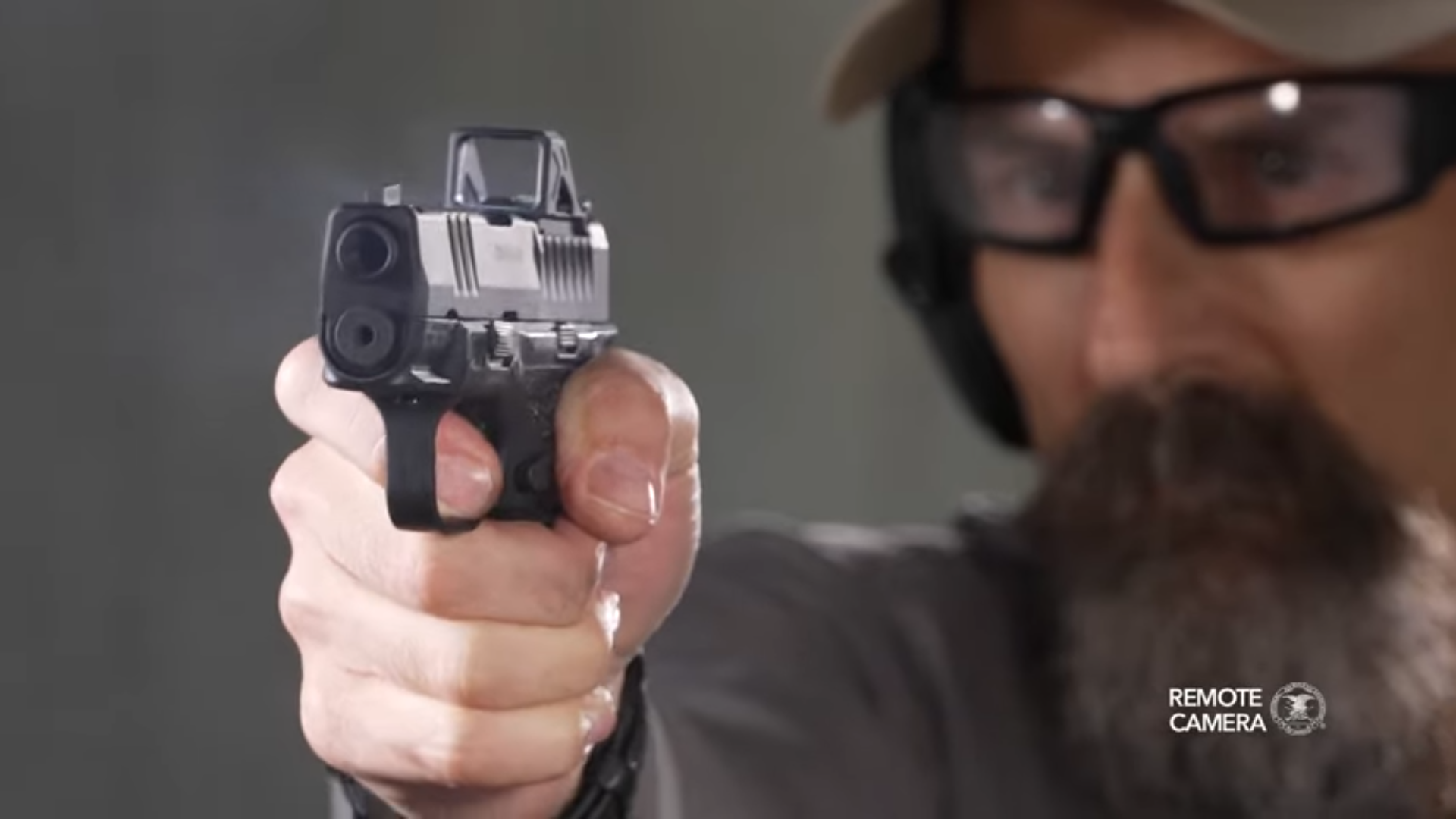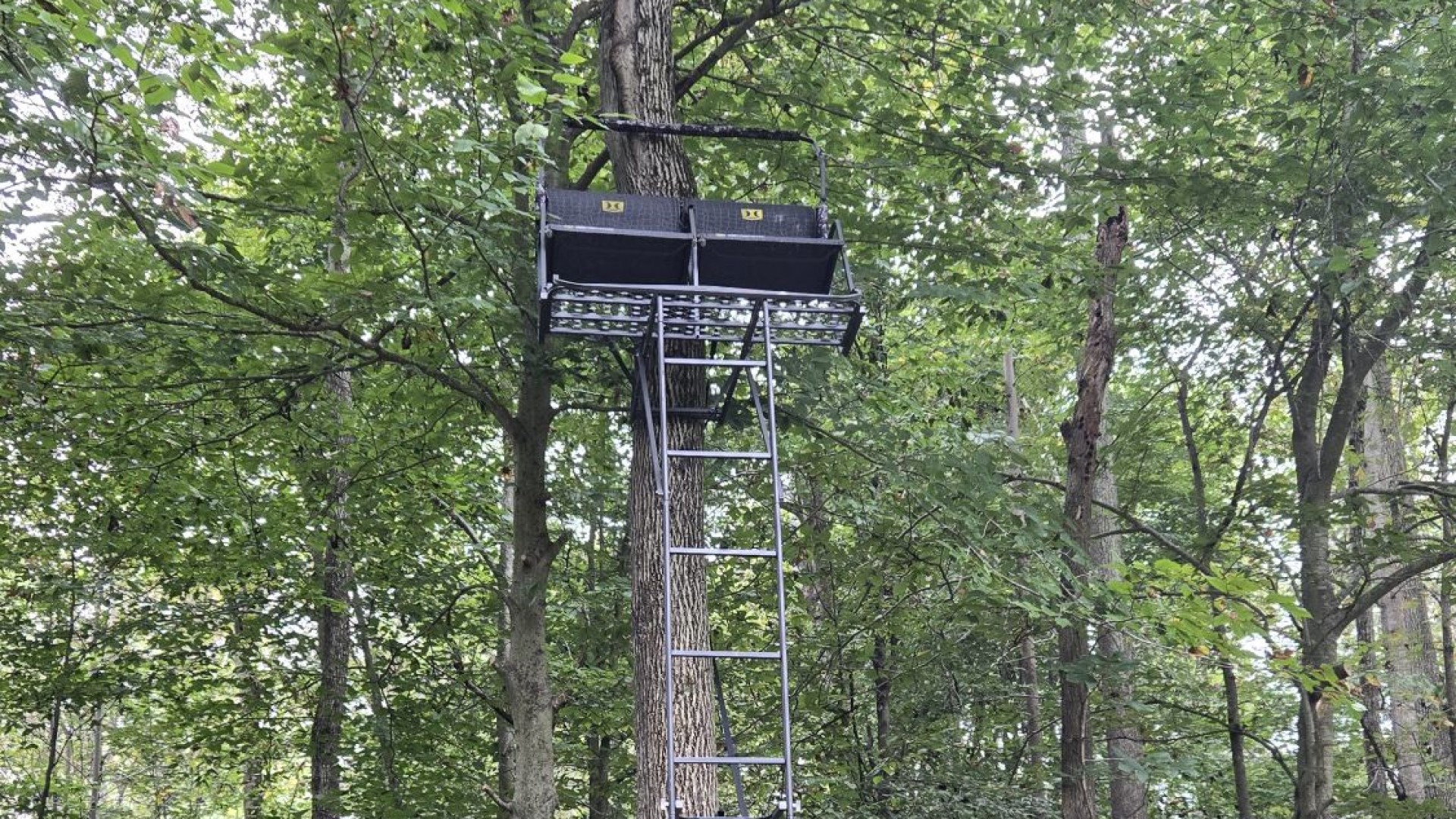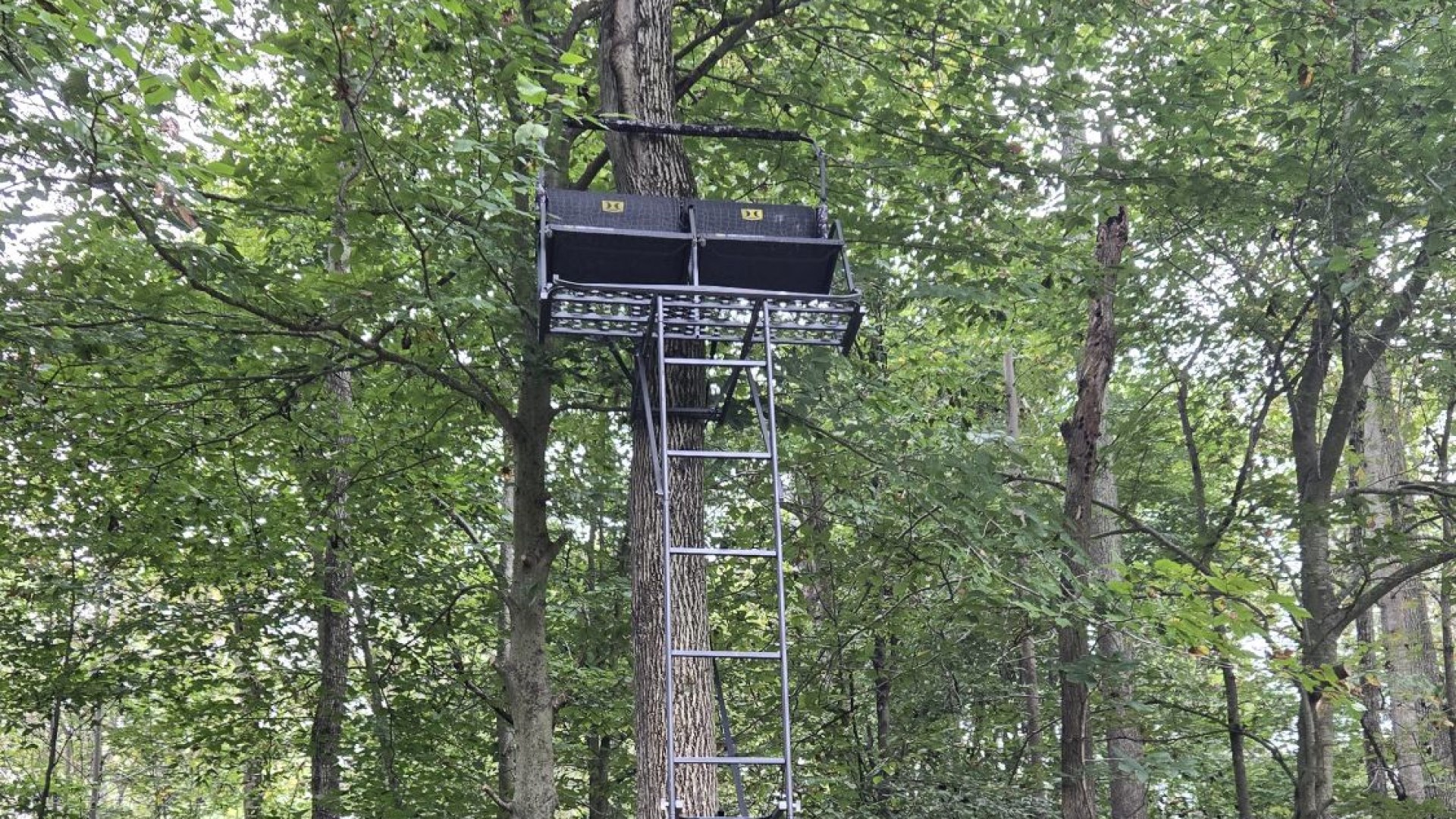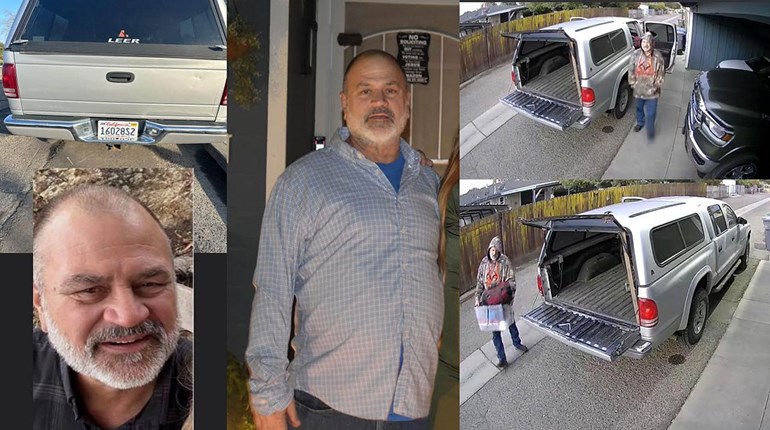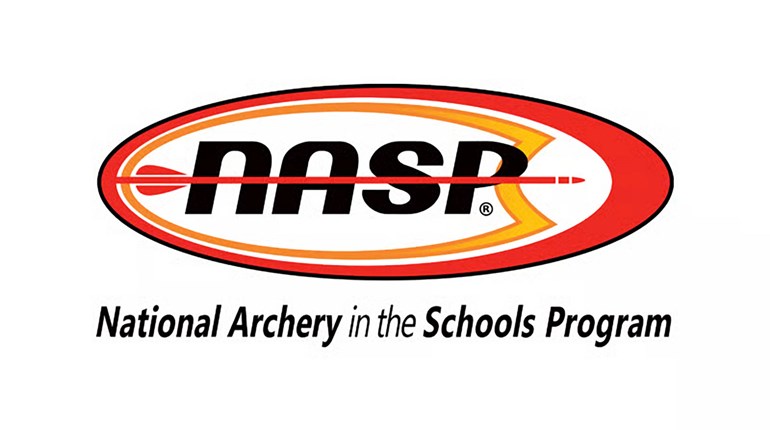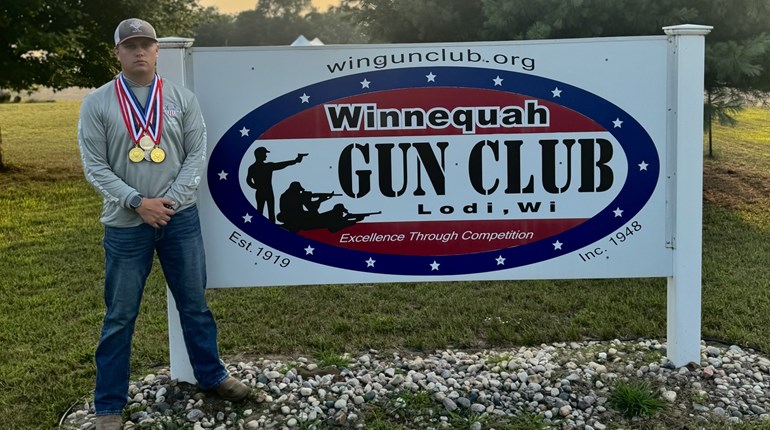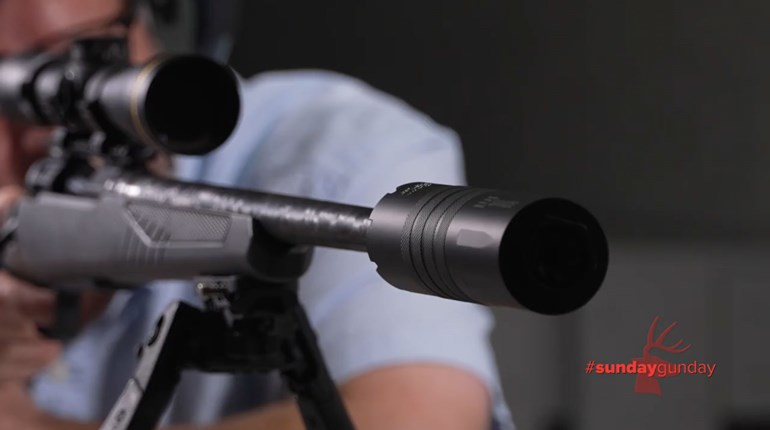
T = CD2 x √SG L 10.9: T is the twist rate, C is a velocity factor (150 for bullets fired at less than 2,000 fps; 180 for bullets at more than 2,000 fps), L is the length of the bullet in inches and SG is the specific gravity (10.9 for lead-core bullets).
Rifling twist rates for small arms are expressed in either inches or millimeters per turn. In general, rifling twist rates for modern cartridge guns fall between one turn in 10 inches/254mm, and one turn in 20 inches/508mm. Muzzleloading rifles and many blackpowder arms use much slower twist rates (1:24" to 1:48"). The optimum twist rate will provide best accuracy, while faster or slower twists may still stabilize the bullet but with reduced accuracy.
Bullets with a length-to-diameter ratio of 1:5 can be stabilized by rifled barrels. Projectiles with length-to-diameter ratios exceeding about 1:5 must be fin stabilized.
For hunting and service use, the rifling twist rate must be suitable for most bullets at common muzzle velocities and ambient temperatures. Such a rifling twist rate must be a compromise that will provide acceptable stabilization under a wide range of bullet weights and conditions. There are two types of rifling twist:
1. Constant-rate twist: In this type of rifling twist, the rate of twist remains constant from one end of the bore to the other. This is the most common type of rifling twist.
2. Gain twist: In this type of rifling, the rate of twist varies inside the bore beginning slowly, and then increasing as it runs toward the muzzle. Gain-twist rifling is often found on muzzleloading rifles, but is comparatively rare in cartridge guns. Gain-twist barrels are harder to make than constant-twist barrels and are therefore more expensive.







